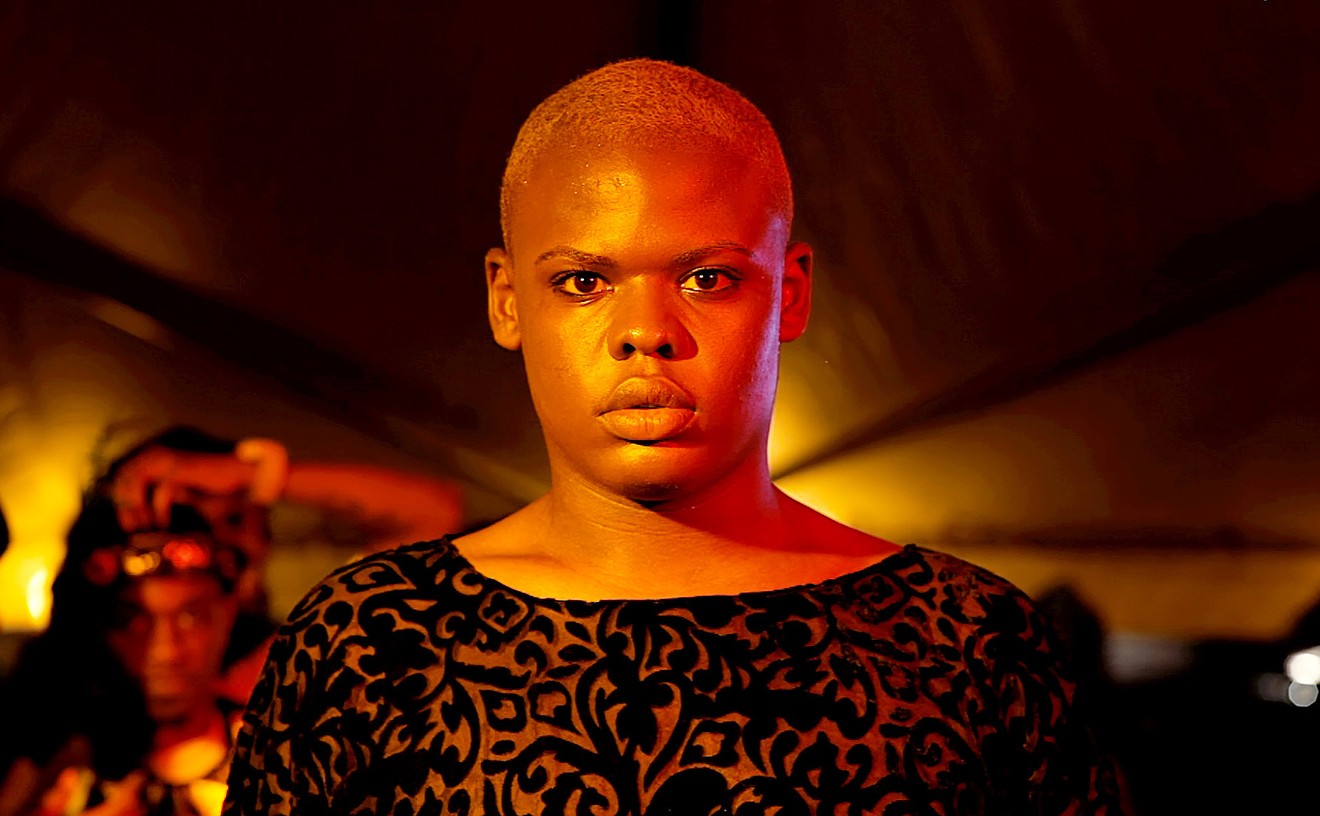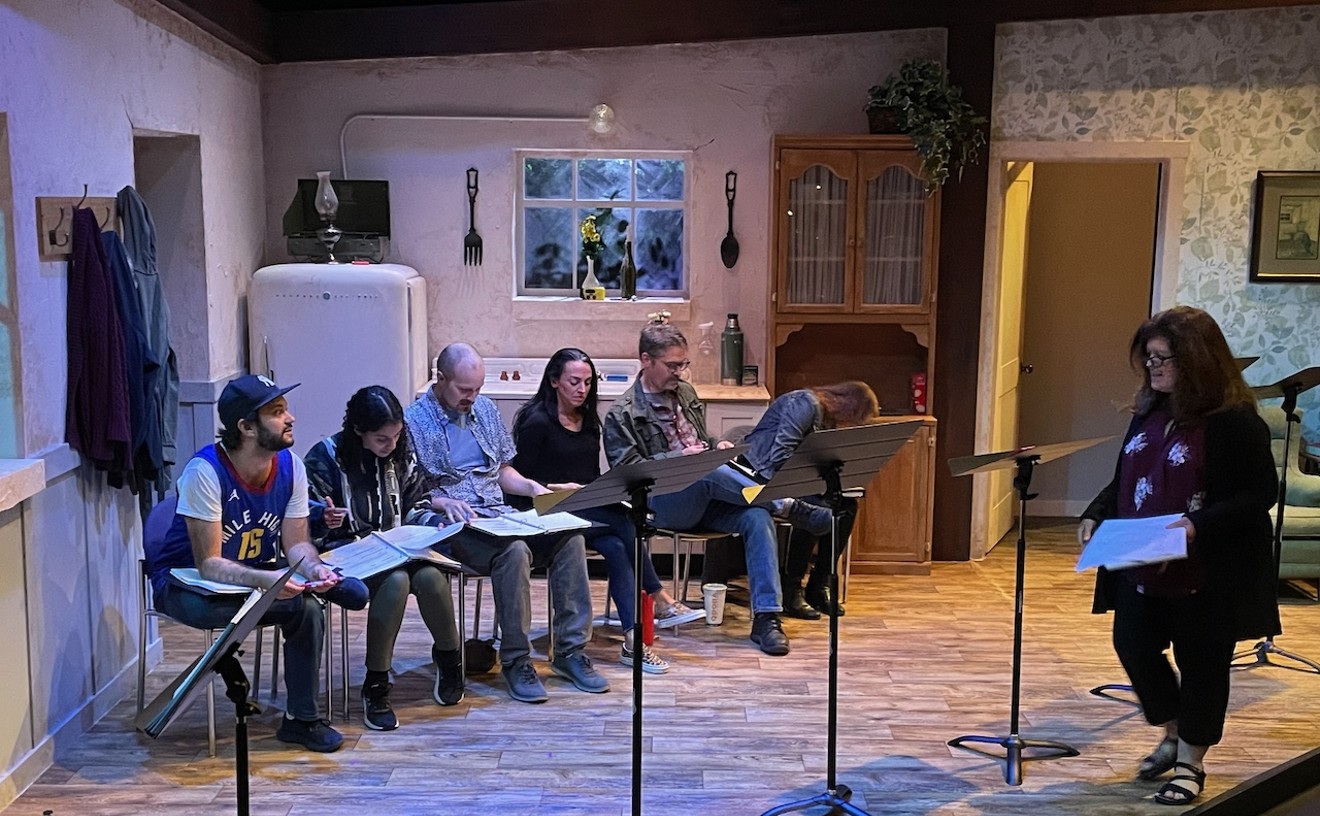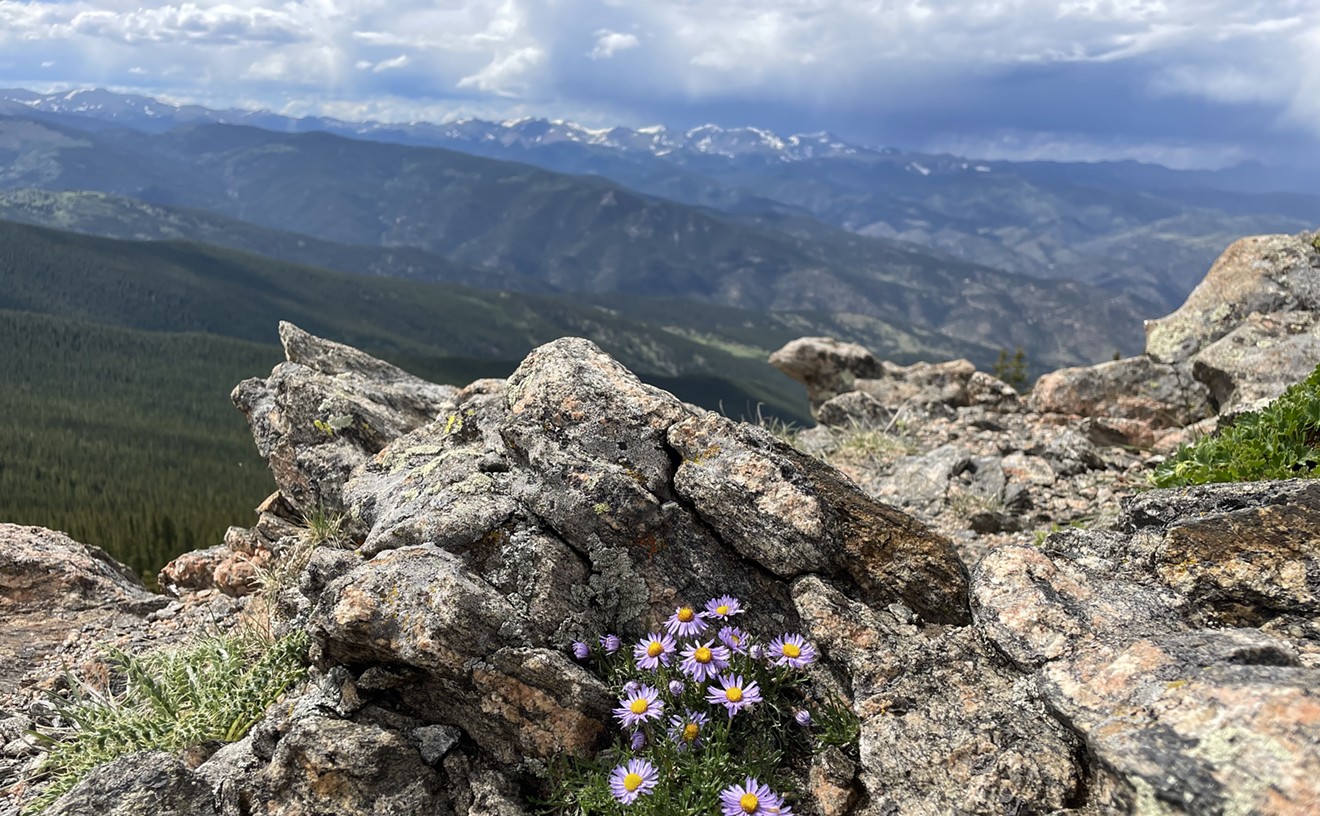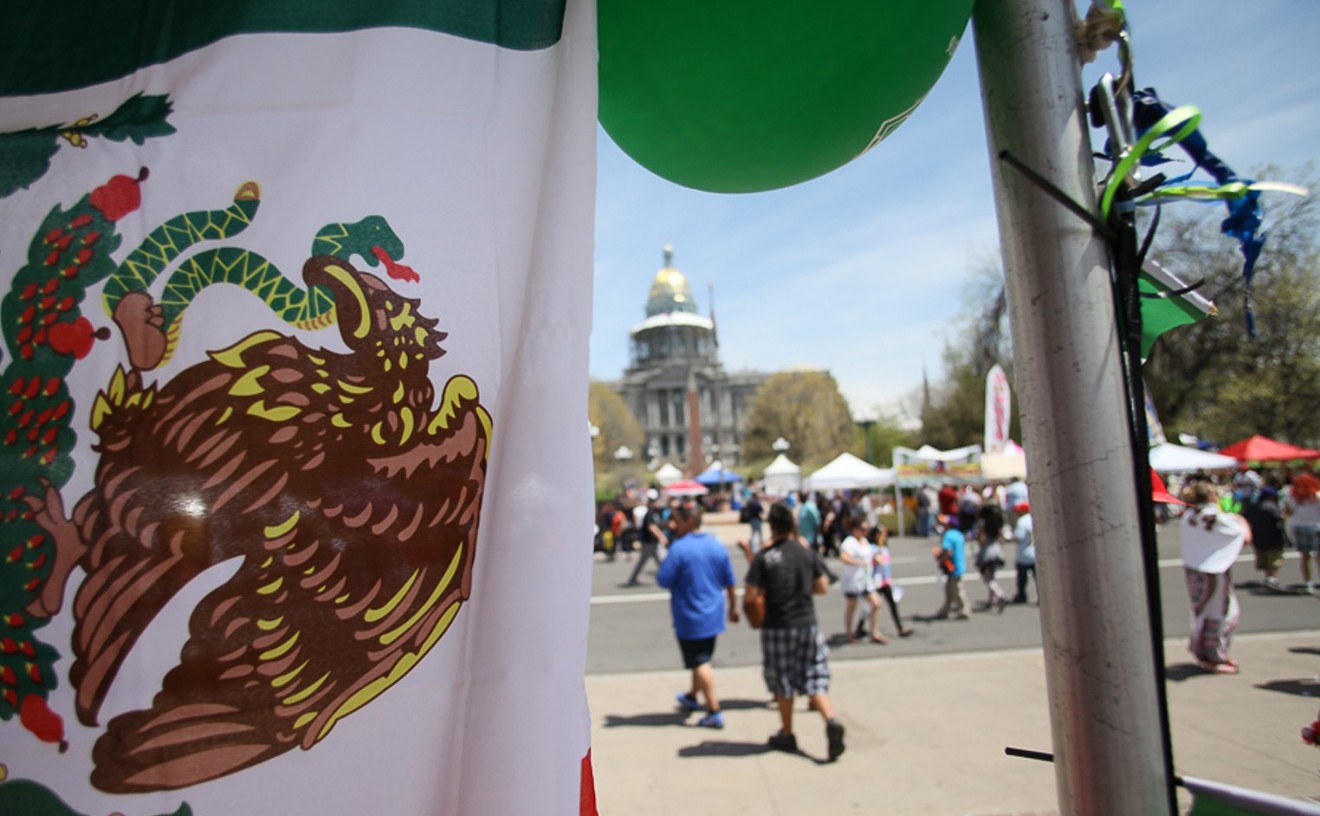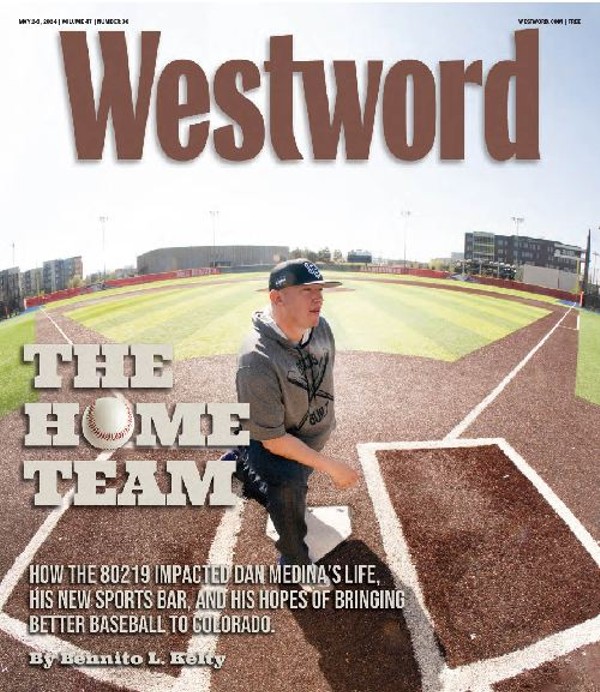Paul Stewart had an epiphany on the streets of downtown Denver in 1962. By then, Bill Pickett had been dead thirty years and the achievements of black cowboys had so faded from collective memory that Stewart was astonished to see a black man in a complete cowboy outfit walk past him one day. Whether the figure was a rancher or a visiting rodeo rider, the sighting changed Stewart’s life; as an African-American boy in Illinois, he had been told by other kids that he could not play cowboy, since they were always white on screen. The kids’ claim had seemed harsh but true...until that black cowboy appeared like a revelation.
At his Denver barbershop, Stewart began to interview black customers about their Western heritage, collecting stories and later artifacts (cowboy gear, rifles, mailbags, lariats, spurs, shaving mugs, photos of black miners and lawmen) that told the missing story of the black Western experience. His work came at the same time that two UCLA professors, Philip Durham and Everett L. Jones, were undertaking their pathbreaking 1965 work, The Negro Cowboys, which would restore figures like lawman Bass Reeves, the black cavalrymen known as the Buffalo Soldiers, and cowboy Nat Love to public view.
No matter the predominant color of drovers in Western movies, actual veterans of Texas cattle drives from the 1870s and ’80s had estimated that a third of the 35,000 cowboys on the trail were black or Mexican. Ranch work demanded cooperative skill for survival, especially on drives; whatever their private prejudices, cowhands largely worked, slept and ate together.
By 1971, Stewart’s collection had grown too large for his barbershop, and he founded the Black American West Museum, first at Clayton College, then in the basement of black-owned radio station KDKO, and finally moving it to the two-story home of Dr. Justina Ford, Colorado’s first female African-American physician. In 1984 the house was relocated to its current address of 3091 California Street, where the museum remains today.
Stewart, who traveled the country to talk about his finds, wrote two books, Black Cowboys with Yvonne Ponce Wallace, and Westward Soul with Fray Marcos Purdue. He passed away on November 12, 2015, at the age of 89, but the museum’s Terri Gentry says Stewart's mission continues: “Telling it like it was.”
The Black American West Museum & Heritage Center is open from 10 a.m. to 2 p.m. Fridays and Saturdays at 3091 California Street. Find more information at bawmhc.org.
[
{
"name": "Air - MediumRectangle - Inline Content - Mobile Display Size",
"component": "12017618",
"insertPoint": "2",
"requiredCountToDisplay": "2"
},{
"name": "Editor Picks",
"component": "17242653",
"insertPoint": "4",
"requiredCountToDisplay": "1"
},{
"name": "Inline Links",
"component": "18838239",
"insertPoint": "8th",
"startingPoint": 8,
"requiredCountToDisplay": "7",
"maxInsertions": 25
},{
"name": "Air - MediumRectangle - Combo - Inline Content",
"component": "17261320",
"insertPoint": "8th",
"startingPoint": 8,
"requiredCountToDisplay": "7",
"maxInsertions": 25
},{
"name": "Inline Links",
"component": "18838239",
"insertPoint": "8th",
"startingPoint": 12,
"requiredCountToDisplay": "11",
"maxInsertions": 25
},{
"name": "Air - Leaderboard Tower - Combo - Inline Content",
"component": "17261321",
"insertPoint": "8th",
"startingPoint": 12,
"requiredCountToDisplay": "11",
"maxInsertions": 25
}
]






